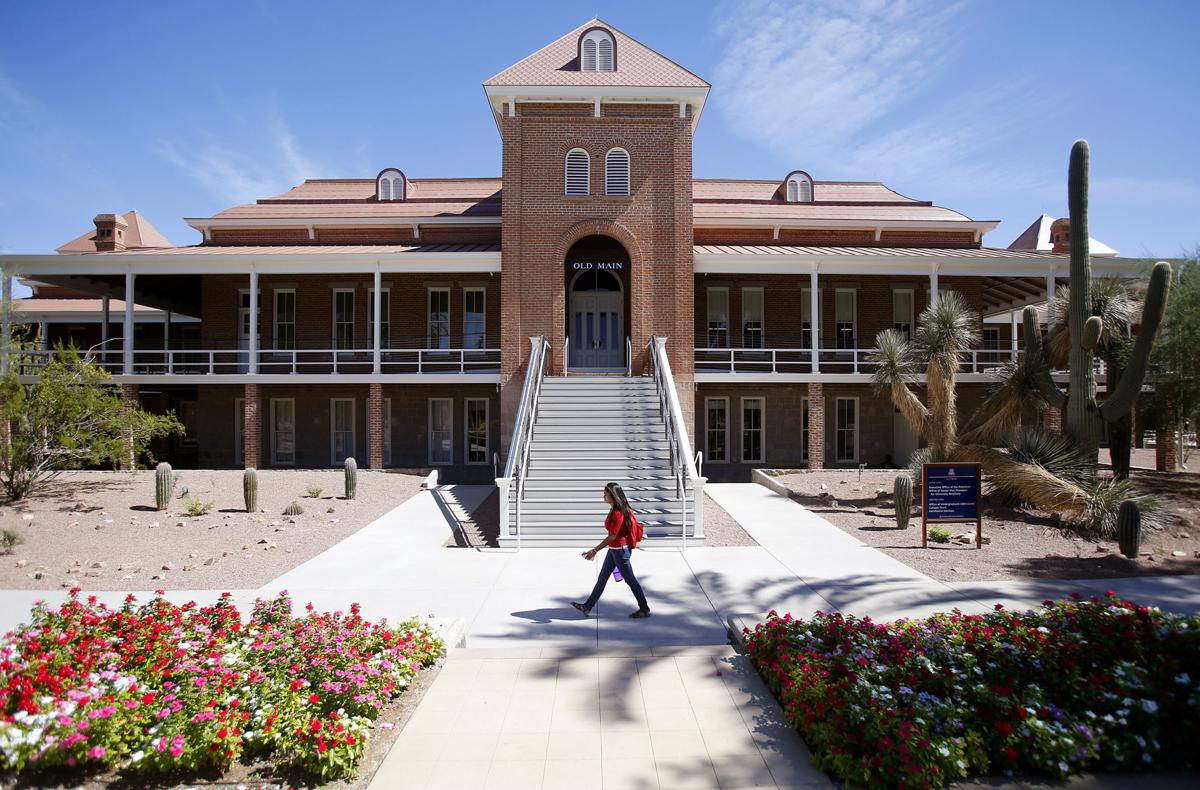The University of Arizona has earned the designation of Hispanic Serving Institution by the U.S. Department of Education.
“With this federal designation comes the opportunity to apply for federal grants that were once restricted to us,” said Marla Franco, director of divisional assessment and research and who led the effort to secure the distinction over the last three years. “These can fund student scholarships, student support services, support faculty development, innovation and curriculum.”
Research opportunities are also now available to both graduate and undergraduate students with this funding.
“With the majority of students in our K-12 systems being Hispanic, college attainment is vitally important to improve the socioeconomic status of the Hispanic community while providing our region’s future workforce,” said Lea Marquez Peterson, president and CEO of the Tucson Hispanic Chamber of Commerce.
The UA is now among fewer than 500 schools in 19 states and Puerto Rico with the designation, according to 2015-2016 data, but its designation is unusual.
What makes the UA’s designation significant, Franco said, was the fact the UA is a tier-1 research institution that provides bachelor’s, master’s and doctoral degrees and is also one of 62 members of the Association of American Universities.
Most HSI schools are two-year public schools, such as community colleges. The UA has joined 105 other public four-year schools.
The UA South Campus in Sierra Vista earned the designation in 2002, and the UA is the first among the three state universities to obtain the distinction.
To earn the distinction, the UA had to prove that at least 25 percent of students identified as Hispanic, which the main campus achieved in 2016. It also had to meet certain criteria about enrolling low-income students and costs for students.
The school has about 9,300 Hispanic students enrolled.
Franco also provided examples of “ways in which we had been serving Hispanic and low-income students and ways we will in the future.”
For example, beginning this year, the university began offering recruitment brochures and 90-minute walking tours of the campus in Spanish.
Additionally, UA Health Sciences hosts the Hispanic Center for Excellence, which aims to increase the number of Hispanic health-care providers, enhance health research that serves the Hispanic population and improve the cultural competency of all healthcare providers.
Future efforts include the opening of Casa Ollin, a new living/learning community in the Coconino Residence Hall. Casa Ollin was created in partnership with the Adalberto and Ana Guerrero Student Center and provides a community that explores and embraces Latinx — a nongendered way of referring to Latinas and Latinos — students’ cultural identity, both on campus and in the Tucson community, Franco said.
The first year’s 41 residents will have access to mentors, advisers, faculty interaction, academic and social support and other resources.
One of the most exciting parts of this process is that “every year we have to submit a new application to the U.S. Department of Education for approval,” Franco said.
“It’s a great opportunity to annually recommit as an institution to the value of this work, the value for serving students from diverse populations,” she said. “Every year we have to demonstrate that we have served these students, but we also have to up our game.”





